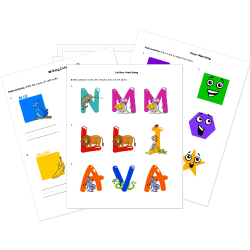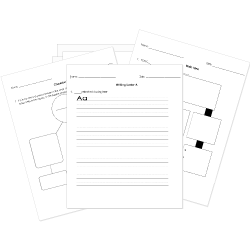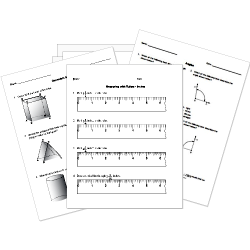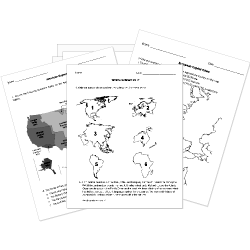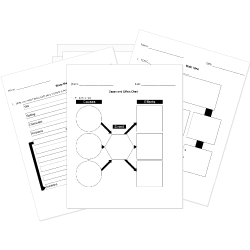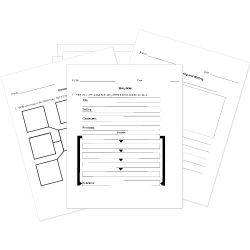Efficiency in Machines
Efficiency in Machines
This lesson aligns with Next Generation Science Standards (NGSS) PS3.D
Introduction
Machines play a crucial role in our daily lives, making our tasks easier and more efficient. However, not all machines are equally efficient. Efficiency in machines refers to how well they convert the input energy into useful work, such as the power output or the amount of work done. Efficiency in machines is a critical aspect of modern manufacturing. It comes with many benefits as it cuts down on operating costs, improves throughput, and reduces environmental impacts. In this article, we will explore the concept of efficiency in machines, focusing on the importance of reducing friction and implementing aerodynamic design to enhance fuel efficiency.
Understanding EfficiencyEfficiency is a measure of how well a machine utilizes the energy provided to it. It is typically expressed as a percentage, ranging from 0% to 100%. A machine with high efficiency converts most of the input energy into useful work, while a machine with low efficiency wastes a significant amount of energy.
Efficiency can be calculated by using the following formula;

During this process, when you divide the output with the inputs and express the result as a percentage, you get the efficiency rating for that specific process.
Reducing Friction
Friction is a force that opposes motion between two surfaces in contact. It can be a major source of energy loss in machines. By reducing friction, we can significantly improve the efficiency of machines.
Here are a few ways to accomplish this:
Lubrication
Lubricants are used to reduce friction between moving parts e.g. oil or grease. They create a thin film between surfaces, minimizing direct contact and allowing smoother motion.

Bearings
Bearings are mechanical devices that support rotating shafts and reduce friction. They consist of rolling elements, such as balls or rollers, which enable smooth rotation with minimal friction.

Streamlining
Streamlining refers to shaping the surfaces of a machine in a way that reduces air resistance. By minimizing drag, less energy is wasted in overcoming air resistance, resulting in increased efficiency. This concept is particularly relevant in vehicles such as cars and airplanes.
Implementing Aerodynamic Design
Aerodynamics is the study of how objects move through the air. By implementing aerodynamic design principles, we can optimize the shape and structure of machines to reduce air resistance and enhance their fuel efficiency. Here are some key aspects of aerodynamic design:
Smooth contours
Machines with smooth, curved surfaces experience less air resistance compared to those with sharp edges or protrusions. By designing machines with streamlined contours, we can minimize drag and improve efficiency.
Reduced frontal area
The frontal area of a machine refers to the area it presents to the oncoming airflow. By reducing the frontal area, we can decrease the resistance faced by the machine, which allows it to move more efficiently through the air.
Wing design
In the case of aircraft, wings play a crucial role in providing lift and reducing drag. Properly designed wings generate lift, allowing the aircraft to stay airborne while minimizing drag for improved fuel efficiency.

Benefits of Improved Efficiency
Enhancing the efficiency of machines by reducing friction and implementing aerodynamic design brings numerous benefits, including:
Reduced fuel consumption
More efficient machines require less fuel to produce the same amount of work. This translates into cost savings and reduced environmental impact, especially in large-scale operations such as transportation and industrial manufacturing.
Increased performance
Efficient machines can achieve higher speeds, greater power output, and improved overall performance. This can lead to enhanced productivity and effectiveness in various applications.
Extended lifespan
By reducing friction, machines experience less wear and tear, leading to increased longevity and reduced maintenance costs. Additionally, improved aerodynamics can minimize stress on the machine's components, further extending their lifespan.
Summary
- Efficiency is a measure of how well a machine utilizes the energy provided to it. It is typically expressed as a percentage, ranging from 0% to 100%.
- By focusing on reducing friction and implementing aerodynamic design, we can significantly enhance fuel efficiency.
- Aerodynamics is the study of how objects move through the air. According to the principles of aerodynamic design, we can optimize the shape and structure of machines to reduce air resistance and improve machine efficiency.
Related Worksheets:






